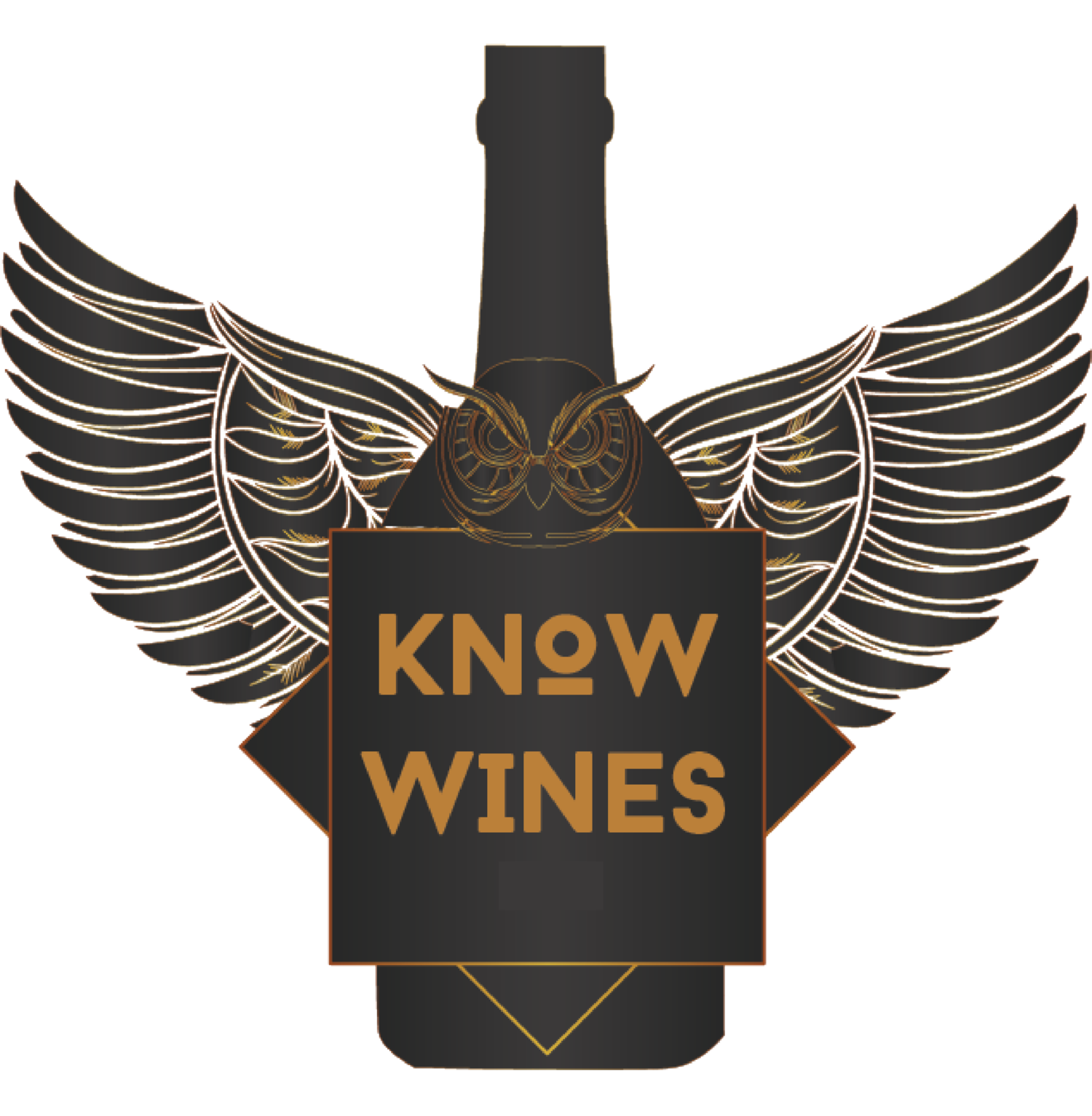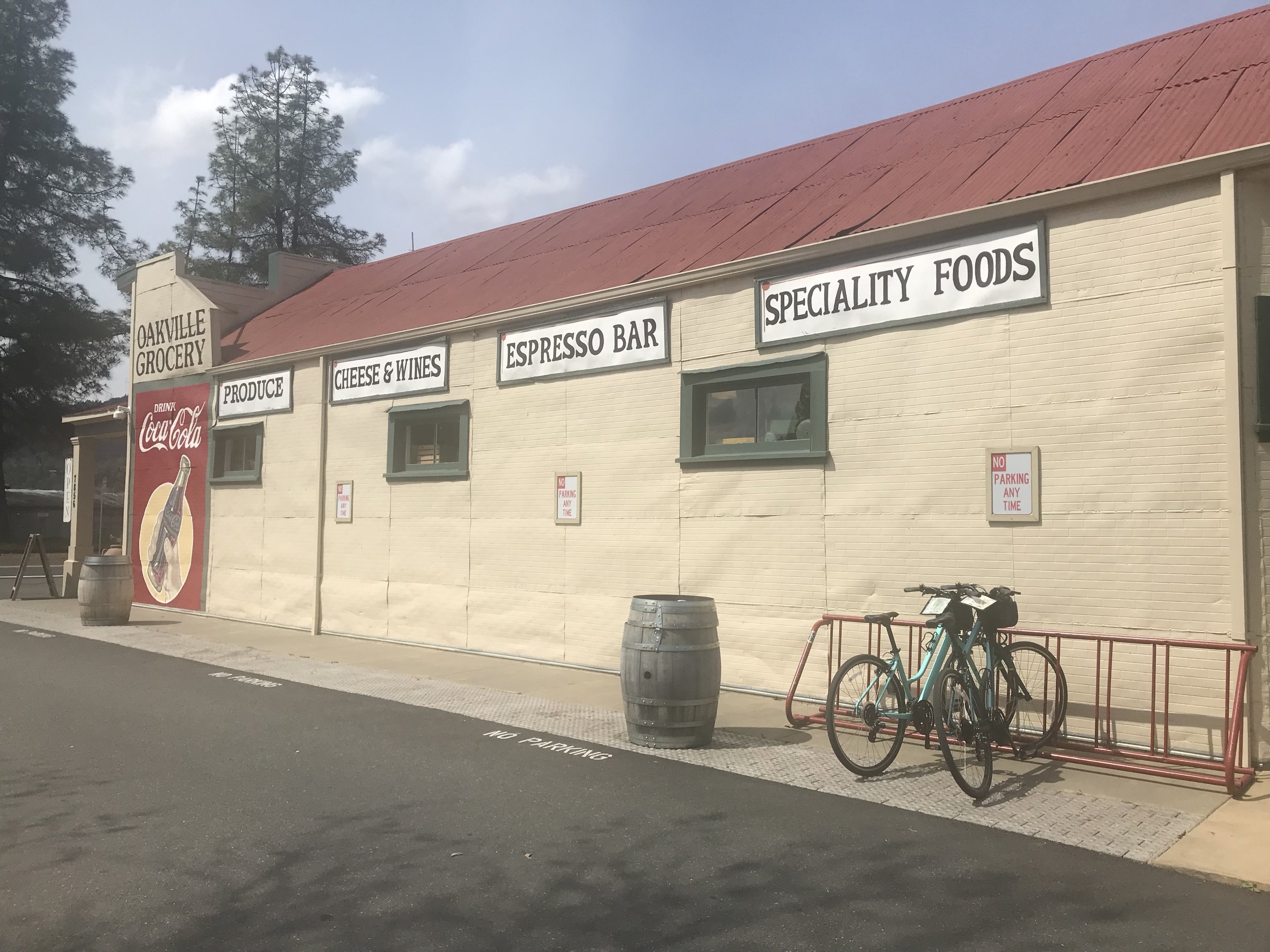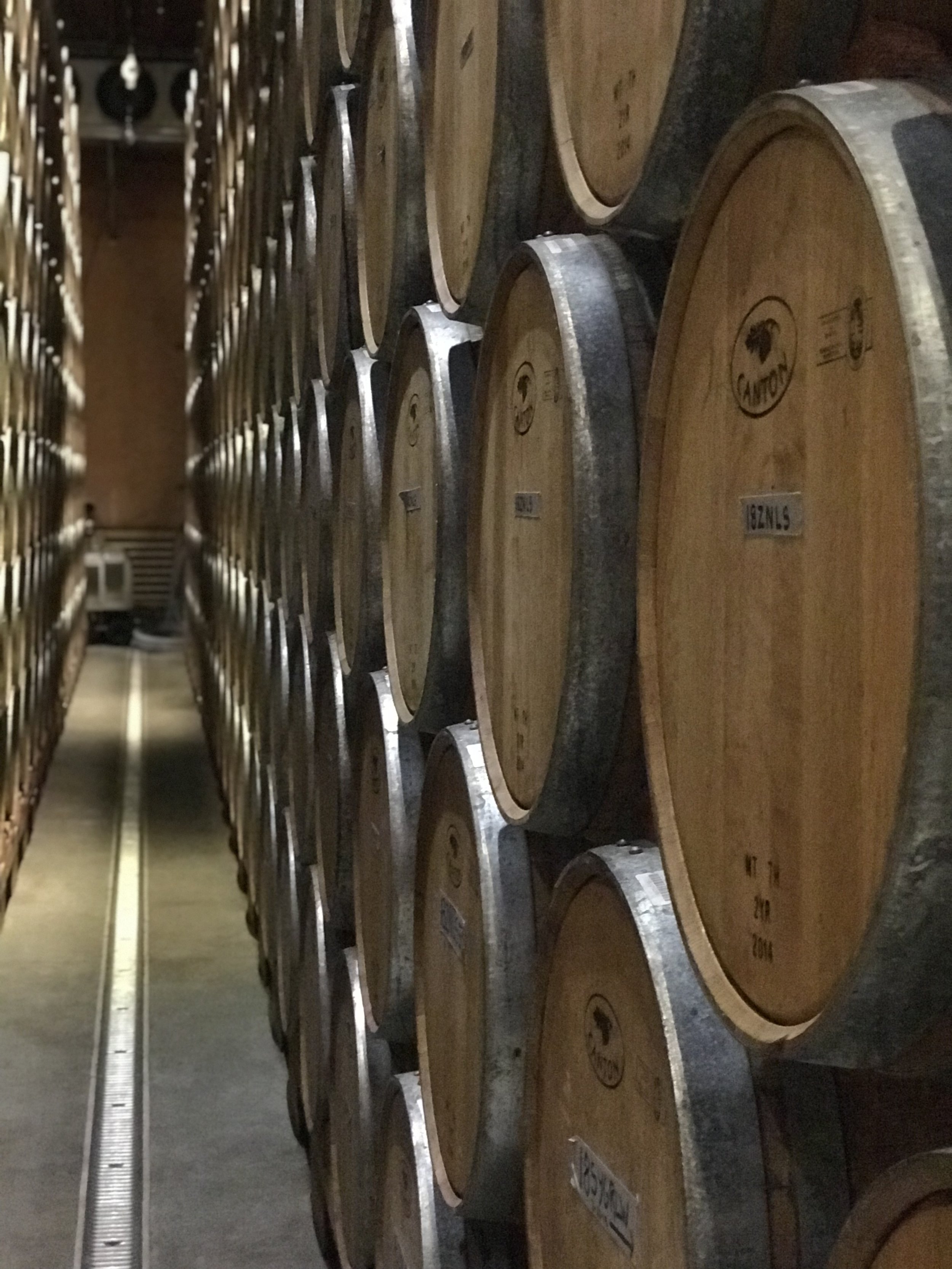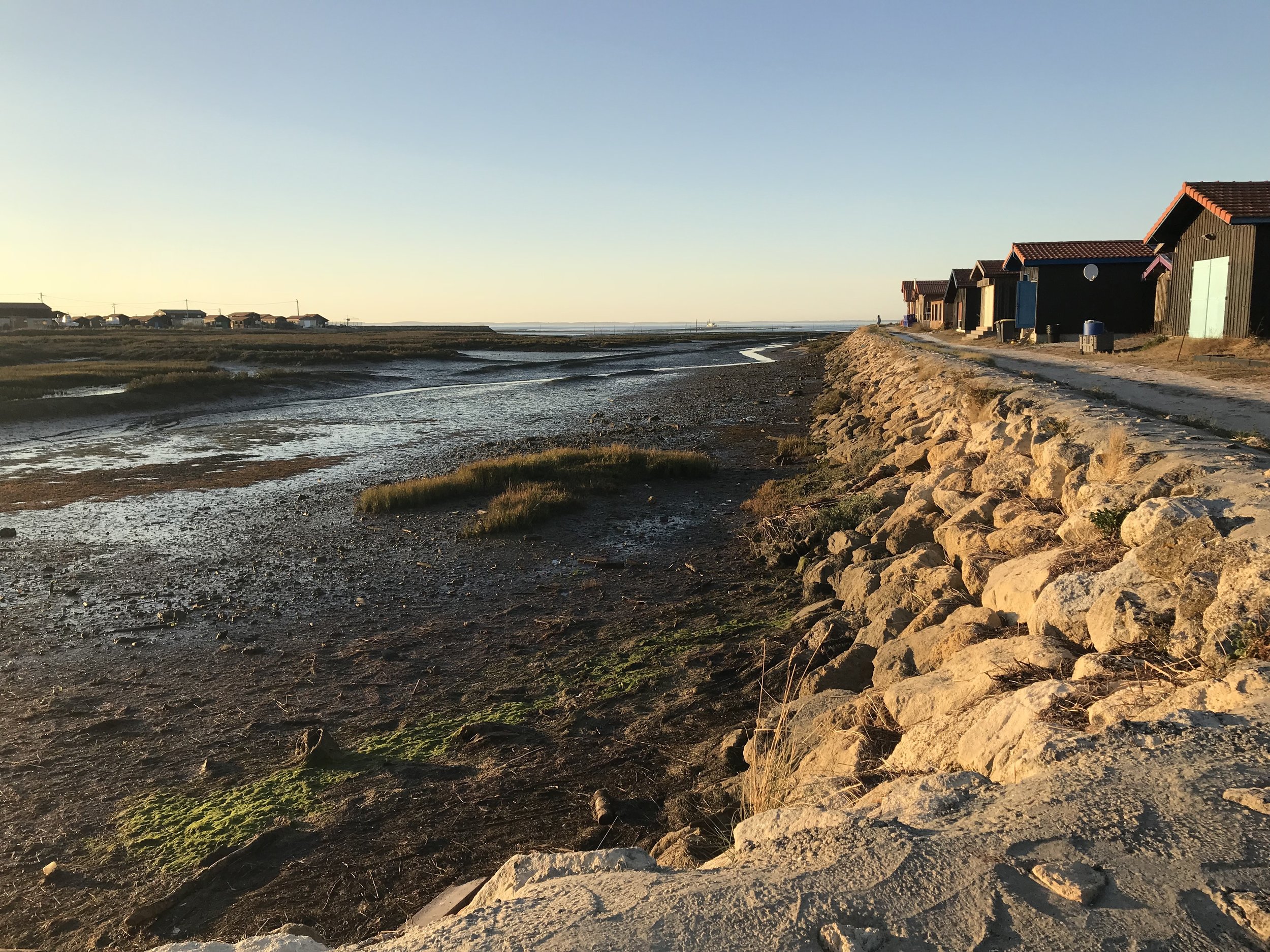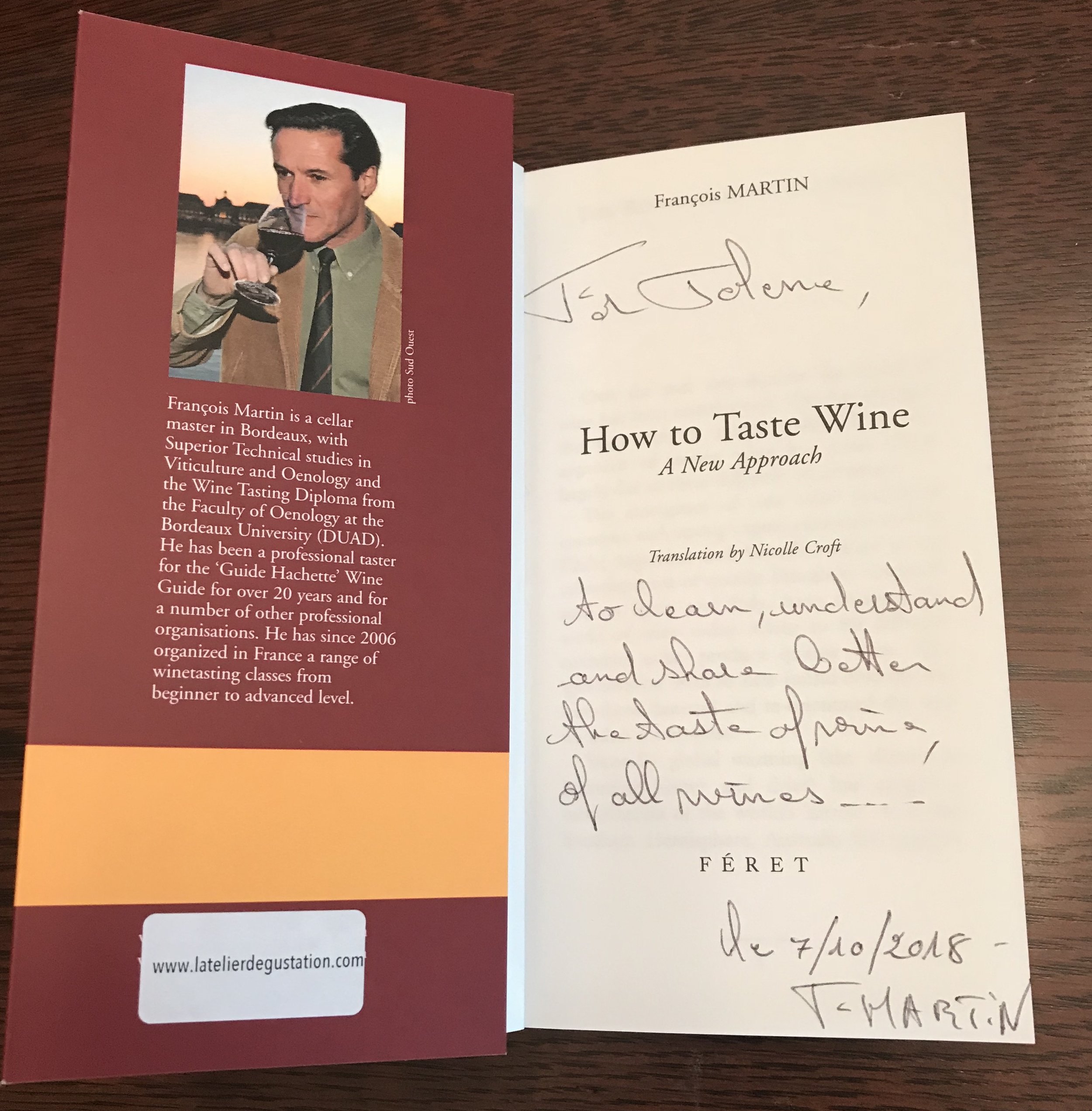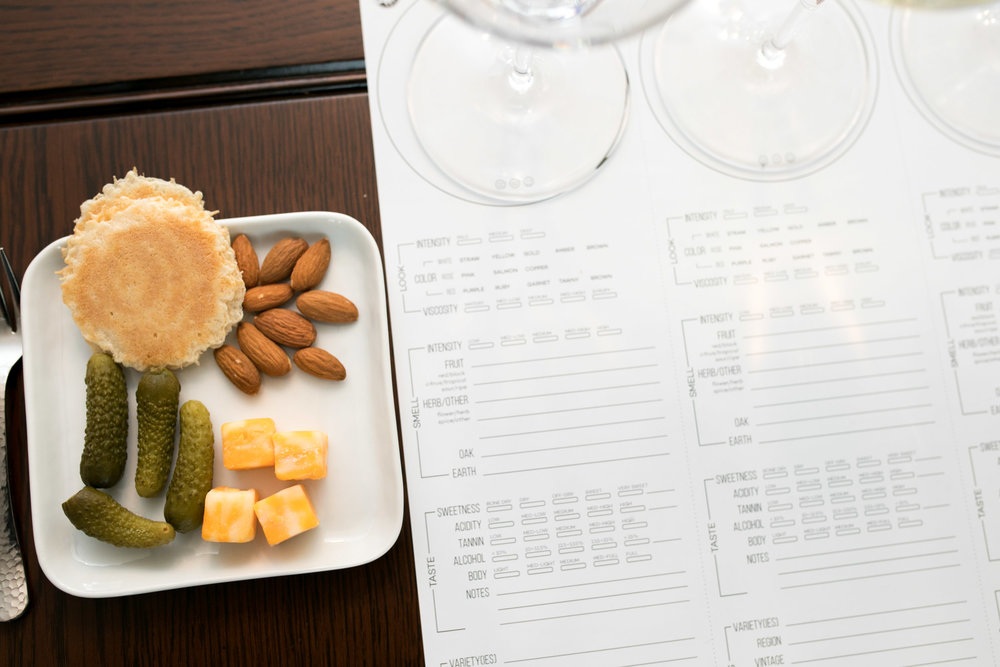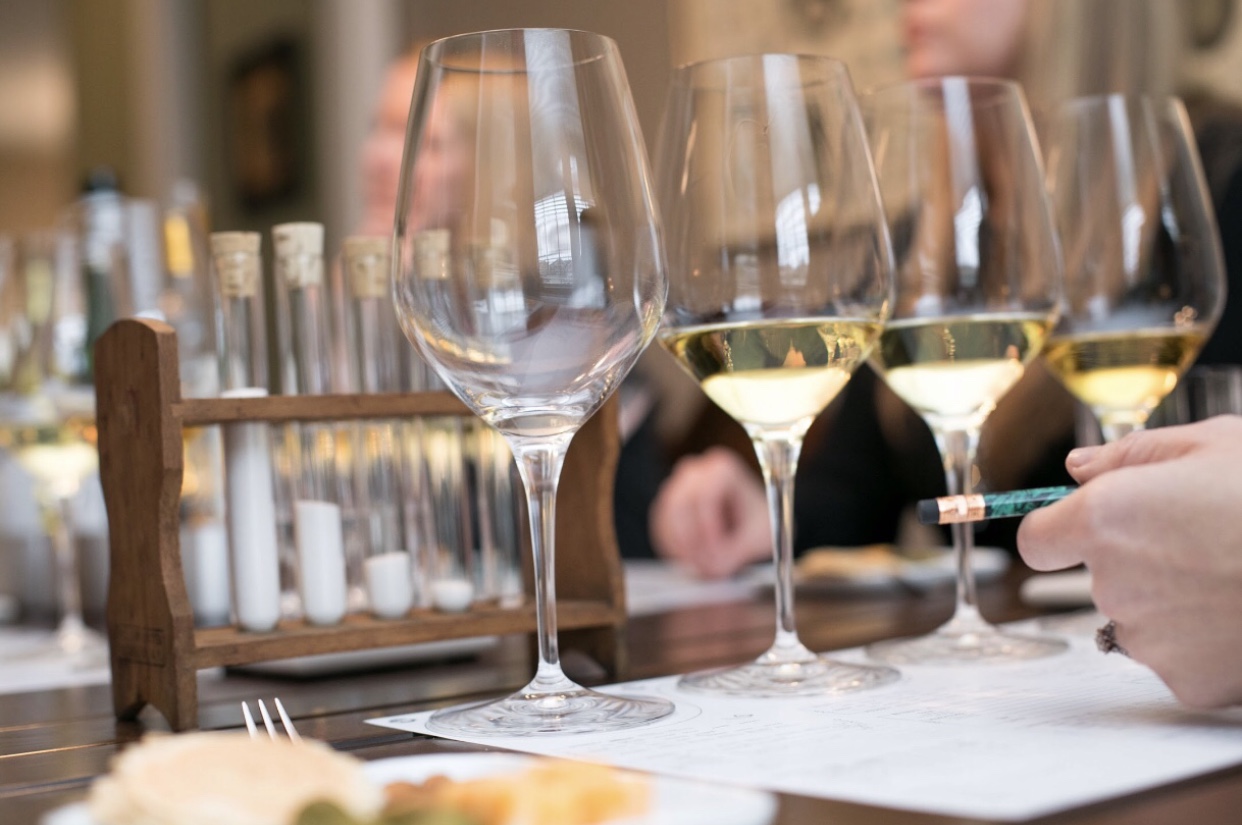More and more Gen-X women, now in their forties and fifties, are traveling independently or in small groups of friends, often to wine country. (To which we say, “Yes!”). We’ve been traveling to California wine regions for almost ten years, but have found that most online reviews of Napa and Sonoma target either trophy wine hunters looking for Napa Cabernet Sauvignon or Millennials day-tripping from the Bay Area. So, we set out to write a review from the (dare we say slightly more nuanced?) perspective of experienced female travelers and wine enthusiasts from the rural, suburban, and (slightly less trendy) urban areas of the US.
Napa vs Sonoma: Showdown or Toss Up?
KnowWines has explored all sixteen nested AVAs* in the Napa County Appellation as well as the eighteen AVAs of Sonoma. The truth is, the differences between Napa and Sonoma are all about personal preference. In other words, you can ignore the journalists who call Napa Valley “The Disney World of Wine.” These journalists have likely never wandered more than 1,000 feet from Highway 12. Yes, there are about three times the vines in Napa Valley than there are in Sonoma, but more vines doesn’t necessarily mean a better experience. Sonoma boasts a small but exceptional collection of growers and small producers, while Napa has plenty of growers, lots of producers, and a whole lot of marketing. Still, great experiences, accommodations, and yes, wine, are easy to find in both regions.
While you will find many of the same varietals in both areas, if you love the dark fruit expression of Cabernet Sauvignon you’re going to want to go to Napa. There are also 1,000 acres of Cabernet Sauvignon in Sonoma, though these typically express more red fruit aromas and flavors. If you prefer Pinot Noir and/or Chardonnay, then you will be happier in Sonoma. If you don’t have a strong preference, that’s great — consider tasting in both regions. Napa and Sonoma are best enjoyed in three or more days. With three days in the region, you could spend two days in Napa and one day in Sonoma (or vice versa). If your travels only allow for one or two days in the region, it is best to pick just one.
Whichever area you decide — Napa, Sonoma, or both — remember that this is a fairly rural region. Planning ahead will help you avoid the most common pitfall for newcomers — driving around all day and contributing to rural road congestion.
When to Visit Napa and Sonoma
Hello, Mediterranean climes! Who doesn’t love long sunny days and cool nights? Both of these areas have pretty dreamy weather, though Sonoma is generally a little cooler than Napa.
Here’s a look at the weather by season.
Winter
Our favorite time to visit the region is November through early March. There is less traffic, the crowds are fewer, and it’s easier to get reservations in wineries, hotels, and restaurants. Airfare is also less expensive during this time (outside the major winter holidays).
Winter is the time of the year when you’re most likely to meet seasoned staff at wineries (or even an owner or winemaker!), since harvest is complete. Another perk is that some wineries will run promotions around the holidays, such as older vintages available for purchase that are not available other times of the year.
Do note that it can be cool and rainy during this season in Napa and Sonoma, with temperatures around 60 F during the day and low 40s at night — perfect fireplace weather!
Spring
Wildflowers will be in bloom this time of year, as well as the yellow Brassica in vineyard cover crops. Many shades of green cover the landscape as grasses are awakened by the warmer weather and recent rains. Baby calves and lambs dot the nearby pasture landscape. The vines are full of leaves by April, followed soon afterwards by fruit set. Many wineries will be bottling rose and white wines.
The number of visitors increases as people take advantage of the pleasant weather for biking, running, and hiking, and there are a number of races and biking events. Daytime temperatures will creep into the 70s and low 80s, but evenings remain cool (50s) by the end of May. Most of the rain has stopped, with the exception of a few pop-up showers.
Summer
Summer hums with the buzz of travelers and day trippers from the Bay area. Restaurants and hotels are typically full with the bustle of summer weddings, anniversaries, and summer travelers. The warm days and cool evenings bring out artists and musicians, and there’s plenty of live music. Evenings are still cool, with nighttime temperatures in the upper 50s, and daytime highs in the 80s sometimes spiking to over 100 F. There’s very little chance of rain during the summer in either region.
During summer and autumn, you are more likely to encounter interns or part time help in the tasting room while more senior staff coordinate or conduct vineyard management activities and are busy readying the winery for the upcoming harvest.
Autumn
Harvest can run from August to October depending upon grape variety, altitude, and that year’s weather. Most of the grape picking happens very early in the morning, to take advantage of the cool temperature of the grapes. Natural yeasts exist on the outside of grapes; if they get too warm in the tractor buggies they can start to ferment quite quickly as the day warms up.
This is the height of the tourism season — rooms sell out early and restaurant reservations can be difficult. Cellars are very busy, and so is the tasting room. The rural roads swell with tourists, tractors, and workers rushing to get in the harvest (which happens during a narrow window of time). There’s a crispness in the air, with daytime temperatures starting to fall into the 70s and nighttime temperatures in the low 50s.
Where to Stay in Napa or Sonoma
For hotels, motels, and B&Bs, plan well in advance (at least 30 days in advance for winter and spring and as much as 90 to 180 days in advance for summer and autumn). While there are many luxury hotels in the area, there are also more affordable options at smaller, family-run inns and chain hotels in the area. However, the economy hotels are typically 30 minutes or more from wineries and restaurants, so they may not be the most budget choice when you add in transportation costs. Depending on the distance, many hotels will offer shuttle service to nearby restaurants and vineyards at no charge.
Airbnb and HomeAway, which range from single rooms to entire homes, are great options as well, especially if you like to prepare your own meals from local ingredients.
Also, check out our review of Napa’s Harvest Inn.
What to Wear and Bring to Napa and Sonoma
If your trip is focused on wine tasting, we recommend dressing like the winery staff in dark jeans, a nice shirt and jacket (for those cool nights), and boots or sturdy water resistant shoes. Wineries are in fact farms, so save those comfy sandals or beautiful heels for the restaurants or wine bars in town.
If your evening meal takes you to a restaurant with a Michelin star (or more!), wearing all black with a colorful scarf is one of the easiest ways to pack/dress.
Even the coldest days can be sunny here, so be sure to bring sunglasses. Also consider a reusable water container, a hat, and a travel-sized umbrella.
For a complete guide of what to wear to wine country, check out our KnowWines blog on that topic!
Getting to Napa and Sonoma
The four closest airports to Napa and Sonoma are Sacramento (SMF), San Francisco (SFO), Oakland (OAK), and Santa Rosa (STS). The Sacramento and Santa Rosa airports are the easiest to navigate with the least likelihood of sitting in traffic on the interstate.
Since Napa and Sonoma are both fairly rural areas, it’s a good idea to rent a car or use a transportation service to get to your hotel and subsequent wineries, restaurants, and activities.
If you simply want to avoid driving, your hotel can recommend a transportation service, and there are good reviews on these services on tripadvisor.com. Always use a transportation service if you plan on drinking the wine at the tastings. Uber and Lyft are available in both Napa and Sonoma, though the wait times may be longer than you are used to in suburban and urban environments (the driver may be coming from several miles away).
Wineries in Napa and Sonoma
When visiting wine country for the first or second time, we highly recommend visiting a mix of small and medium independent wineries as well as one large winery. This will give you a great framework for understanding the wine industry in the region, and will give you more variety in your experience.
We typically only do two tastings per day — one in the morning and one after lunch — and we recommend that travelers plan for no more than three. This kind of schedule allows for engaging conversations with tasting hosts, relaxing lunches, and plenty of time for navigating to the next destination. Also consider scheduling a private or semi-private tasting, especially during the weekends. More and more wineries are available only by appointment, but don’t let that intimidate you! Most tasting room staff relate equally well to wine novices, budding enthusiasts, and serious collectors, and these folks are excellent resources for restaurant recommendations and other wine tasting experiences. In fact, when you go to wine tastings during the week, don’t be surprised if others tasting with you are employees at other wineries. Many of these staff come from restaurant backgrounds, bottle shops, and retail backgrounds and are regular people with a passion for wine.
Food in Napa and Sonoma
Most wineries don’t open until around 10 AM, so eat a healthy breakfast before starting off on your wine tasting excursions.This is important whether you are drinking or spitting!
Bring some crackers, fruit, and hard cheese along with you during the day in case a visit goes longer than expected or you end up wanting to have a picnic lunch instead of eating at a restaurant. Napa and Sonoma are also rich in delicious delis and grocery stores if you don’t want a sit-down restaurant experience during lunch. If you do want to try a celebrity chef establishment but don’t like dealing with crowds, consider eating there for lunch instead of dinner — the experience will be more casual and more economical.
A party of one can get a dinner reservation at fairly short notice, with the exception of two or three Michelin star restaurants (for which reservations are required weeks, if not months, in advance!). If you don’t like to sit at a bar for dinner or you really prefer to eat at a specific time, book your reservation a few days out. Restaurants in California may use different booking apps than you’re used to, so it’s best to consult the website or call.
Napa and Sonoma Evening Activities
Most first-time visitors are surprised to find that tasting rooms close between 4PM and 6PM. In wine country, people get up early. During the evening hours, locals are spending time with friends and family at home or quietly enjoying the outdoors. You may find evenings to be quieter in these rural areas, especially if you are from an urban area or the suburbs. Check with the tasting room hosts, travel information centers, hotel, and websites like EventBrite for evening entertainment ideas. Travelers tend to congregate at restaurant or hotel bars, or they just relax in their rooms.
The Last Word
Whether you choose Napa or Sonoma (or both!) for your destination, rest assured that you will find an abundance of wineries, restaurants, and activities. One region is truly not better than the other, as they each have their own character and plenty of great wine.
For a list of specific wineries to visit, check out this article.
And if you’re ready for some international wine travel, check out guides to Bordeaux and the Rhône Valley.
Enjoy your travels!
Cheers!
* Essentially Napa is an AVA (American Vitacultural Area) and there are sixteen AVAs inside of it, kind of like Russian nesting dolls.
